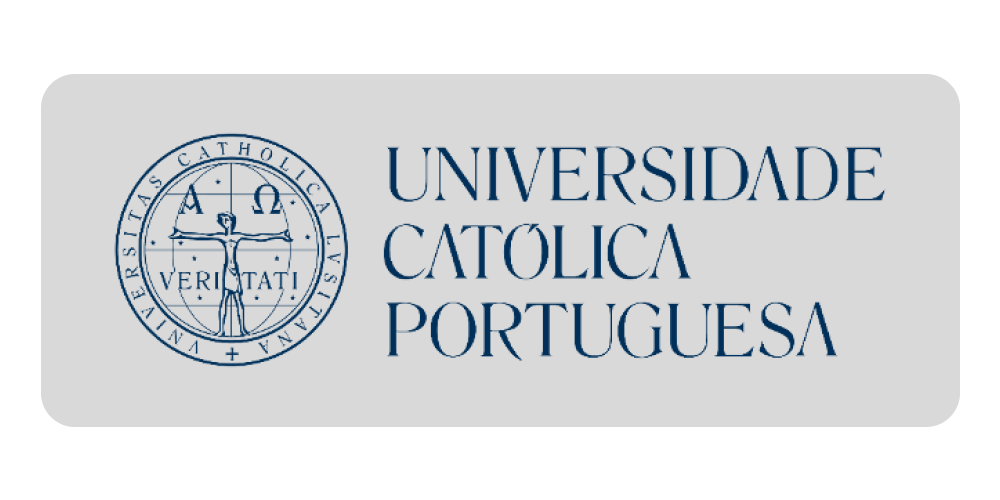University of Zagreb. Faculty of Mining, Geology and Petroleum Engineering.
Lithostratigraphic Units of the Third Neogene- Quarternary Megacycle in the Sava Depression and their Petroleum Potential : doctoral thesis
2013
Naslage trećega neogensko-kvartarnog megaciklusa na području Savske depresije pripadaju formaciji Lonja koja je prethodno izradbi ove disertacije bila neraščlanjena. Na temelju elektorkarotažnih (EK) dijagrama spontanog potencijala te prividne otpornosti plitkog i dubokog zahvata, geomatematičkim metodama izdvojene su granice, tj. EK markeri ili reperi. Izdvojeno je šest članova unutar formacije Lonja – članovi Hrastilnica, Batina, Ravneš, Popovača, Vrbak i Oborovo. Na temelju dubinskogeoloških podataka koji uključuju interpretaciju seizmičkih profila te određivanja EK markera i repera načinjene su strukturne karte pojedinih formacije te je izrađena palinspastička analiza. Iz litološkog sastava dobivenog interpretacijom EK krivulja načinjene su litofacijesne karte pojedinih članova, izuzev člana Oborovo. Osim dubinskogeoloških, korišteni su i podatci prikupljeni na izdancima i iz laboratorijskih analaiza uzoraka. Sastoje se od rezultata granulometrijskih analiza, određivanja mineralnog sastava teške frakcije, petrografskih analiza izbrusaka, paleontoloških odredbi prvenstveno faune mekušaca te potom ostrakoda, palinološke i geokemijske analize organski bogatih uzoraka – glina, treseta i liginita. Načinjena je interpretacija okoliša pojedinih faza razvoja istraživanog dijela Savske depresije u kojima je naznačen dominantan utjecaj klime na nastanak sedimenata i razdoblja u kojima je tektonski utjecaj bio izrazito značajan. Određen je naftno-plinski potencijal pojedinog člana te je utvrđeno da su mogućnosti pronalaska ugljikovodika najizglednije u članu Vrbak. Ležišni fluidi koji se očekuju su biogeni plin, uz mogućnost zarobljavanja plina migriranog iz dubljih ležišta putem zona rasjeda, poglavito sustava rasjeda južnog ruba Moslavačke gore.In the study area deposits of the third Neogene–Quaternary megacycle belong to the lithostratigraphic unit Lonja formation. Up to now, this unit has not been divided into members. The main goal of this research was to perform a detailed analysis of the available subsurface data and provide new surface data in order to subdivide Lonja formation into members. For this purpose geomathematical methods were used. Analysis of cumulative standard deviation curves revealed trends in the well log data that defined members and boundaries between them. These were either E-log markers or boundaries depending whether they contacts were synchronous or discordant borders between members. A total of six members was defined – Hrastilnica, Batina, Ravneš, Popovača, Vrbak and Oborovo members. Furthermore, a detailed structural mapping, utilising well and seismic data, was performed according to the surface of each E-log marker or boundary. Palinspastic analysis was also proposed for better defining the structural evolution of the studied area within the Pliocene–Pleistocene–Holocene sediments. Neural network analysis of the lithology data in each well was used as an input for lithofacies mapping. Maps of total thickness, sand thickness, sand to shale (clay) ratio and number of sand layers were made for each member, excluding the Oborovo member (due to the lack of data because of mostly missing well log curves in the shallow parts). Surface data were also gathered from outcrops available in the study area. These outcrops were generaly very small and often poorly consolidated, resulting in the general lack of sedimentological structures. Often a very rich fossil fauna was observed and sampled, mainly consisting of gastropod genera Viviparus, Melanopsis, Lythoglyphus, Hydrobia and Theodoxus and bivalves genera Unio, Dreissena and Pisidium. The most of the paleontological samples indicated Pliocene age while some had younger fauna, probably Pleistocene. Ostracod fauna was also studied, indicating a significantly different fauna in the area of study, especially between Pliocene and Pleistocene assemblages. Palynological results confirmed the results of ostracod analysis in general sedimentological facies determination. Geochemical analysis of organic rich silty clays, coals and peats showed a dominant Type III and IV kerogene with very low index of thermal maturity. The source rocks from the outcrops are noted only being capable of releasing bacterial methane gas. The hydrocarbon potential of the third Neogene–Quaternary megacycle is estimated for each member. Greatest potential was determined in the Vrbak member while certain accumulations are also expected in Hrastilnica, Batina and Ravneš members. Within the youngest Oborovo member indications of certain gas accumulations masy be found but because of the shallow depth and absence of cap rocks it is believed that accumulations of economic value should not be expected.
A detailed evolution of the last phase of development of the Sava Depression in the studied area is presented which consists of five phases showing the paths of the influx of sediment and distribution of environments and the gradual transition from lake to marsh and terrestric environments
University of Zagreb. Faculty of Mining, Geology and Petroleum Engineering.
Lithostratigraphic Units of the Third Neogene- Quarternary Megacycle in the Sava Depression and their Petroleum Potential : doctoral thesis
Naslage trećega neogensko-kvartarnog megaciklusa na području Savske depresije pripadaju formaciji Lonja koja je prethodno izradbi ove disertacije bila neraščlanjena. Na temelju elektorkarotažnih (EK) dijagrama spontanog potencijala te prividne otpornosti plitkog i dubokog zahvata, geomatematičkim metodama izdvojene su granice, tj. EK markeri ili reperi. Izdvojeno je šest članova unutar formacije Lonja – članovi Hrastilnica, Batina, Ravneš, Popovača, Vrbak i Oborovo. Na temelju dubinskogeoloških...
Preuzmite dokument
2013
 Cvetković, Marko
Cvetković, Marko
University of Zagreb. Faculty of Mining, Geology and Petroleum Engineering.
Lithostratigraphic Units of the Third Neogene- Quarternary Megacycle in the Sava Depression and their Petroleum Potential : doctoral thesis
Naslage trećega neogensko-kvartarnog megaciklusa na području Savske depresije pripadaju formaciji Lonja koja je prethodno izradbi ove disertacije bila neraščlanjena. Na temelju elektorkarotažnih (EK) dijagrama spontanog potencijala te prividne otpornosti plitkog i dubokog zahvata, geomatematičkim metodama izdvojene su granice, tj. EK markeri ili reperi. Izdvojeno je šest članova unutar formacije Lonja – članovi Hrastilnica, Batina, Ravneš, Popovača, Vrbak i Oborovo. Na temelju dubinskogeoloških...
Preuzmite dokument
2013
 Cvetković, Marko
Cvetković, Marko
University of Zagreb. Faculty of Mining, Geology and Petroleum Engineering.
Lithostratigraphic Units of the Third Neogene- Quarternary Megacycle in the Sava Depression and their Petroleum Potential : doctoral thesis
Naslage trećega neogensko-kvartarnog megaciklusa na području Savske depresije pripadaju formaciji Lonja koja je prethodno izradbi ove disertacije bila neraščlanjena. Na temelju elektorkarotažnih (EK) dijagrama spontanog potencijala te prividne otpornosti plitkog i dubokog zahvata, geomatematičkim metodama izdvojene su granice, tj. EK markeri ili reperi. Izdvojeno je šest članova unutar formacije Lonja – članovi Hrastilnica, Batina, Ravneš, Popovača, Vrbak i Oborovo. Na temelju dubinskogeoloških...
Preuzmite dokument
2013
 Cvetković, Marko
Cvetković, Marko






